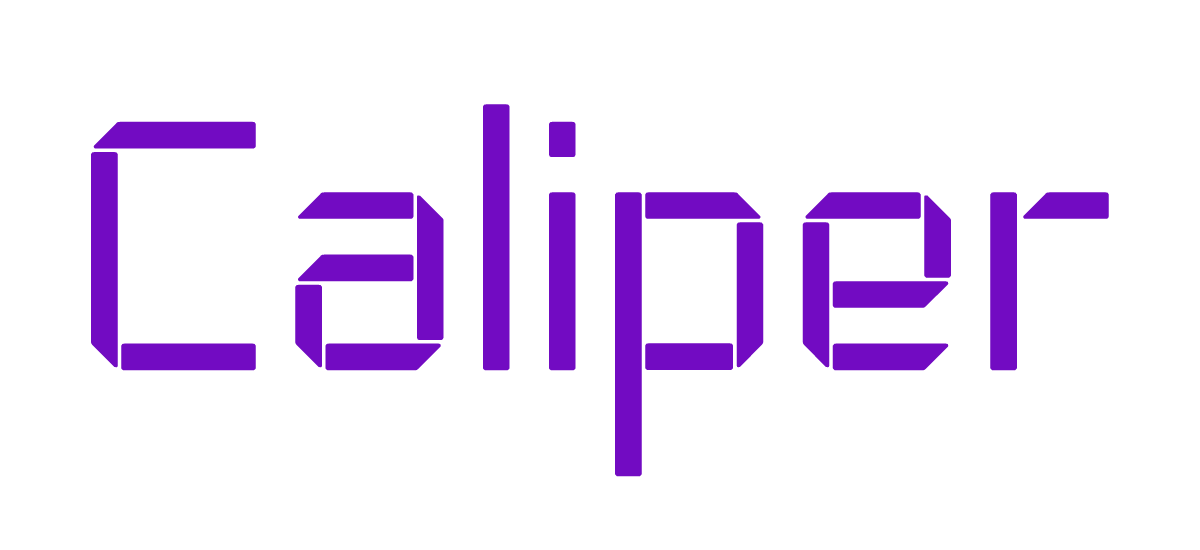Caliper Updates
From the CEO
Two new Caliper features are highlighted on a product screenshot: additional dimensional and aggregate data pills for RDS Storage, and the updated export menu with new options to export the crosstab or straight values in CSV format.
We released several new features on Caliper this morning, much to the joy of our growing customer base. These features shed even more light on cloud data usage and cost, while remaining flexible and easy to implement. We’d love to show you how. For now, on to the main event.
Introducing support for RDS
Analyze AWS RDS Data with Additional Drill Ins
For many AWS customers, RDS is one of their largest product spend categories. With Caliper you can now drill into your RDS Storage or RDS Compute with additional dimensional data including engine, volume type, usage type, or cluster. These dimensions can now be analyzed against many new aggregates, such as GB/Mo. stored, Aurora IOs, storage cost or throughput cost. This new feature in Caliper allows a host of new exploratory analytics use cases for identifying opportunities for cost optimization.
Introducing support for Crosstabs
Export Crosstab to CSV
Caliper users can now create and export a crosstab to CSV to use with their spreadsheet of choice. Crosstabs, short for cross-tabulations, are incredibly helpful in immediate data analysis as they provide a comprehensive and structured way to examine the relationships between two categorical variables. These new tables offer a clear and concise overview of how different factors interact with each other, making complex data exponentially more digestible. By organizing data into rows and columns, crosstabs allow for a quick identification of patterns, trends, and dependencies within the dataset.
And… Export Values to CSV
Caliper users now have the ability to export their queries to CSV to use with their favorite spreadsheet tool.
We’re excited for you to try the new feature set. With just a 15-minute implementation time, it’s never been easier to show how easy it can be to track cloud usage and spend. Can we sign you up for a demo or free trial?

